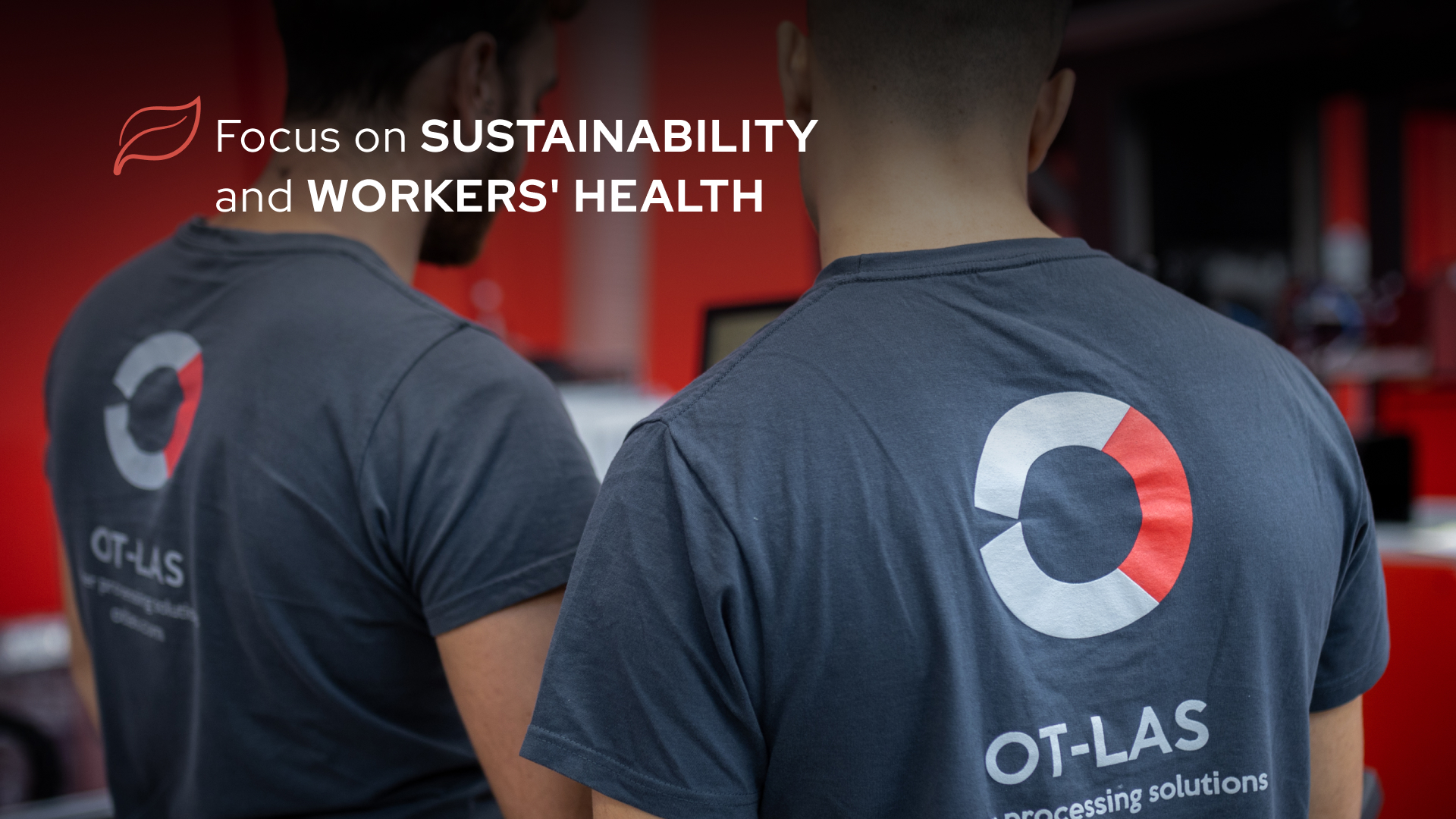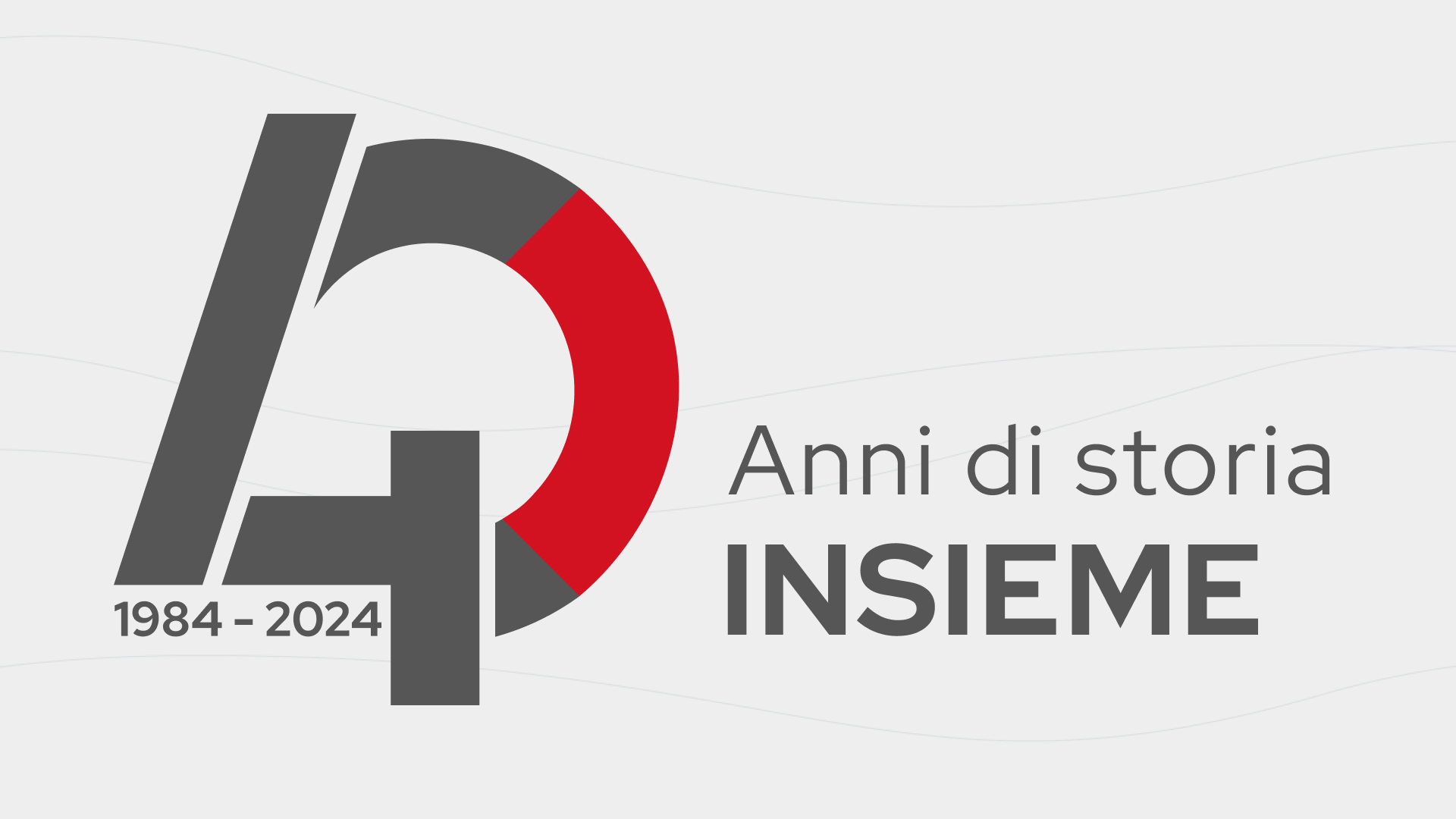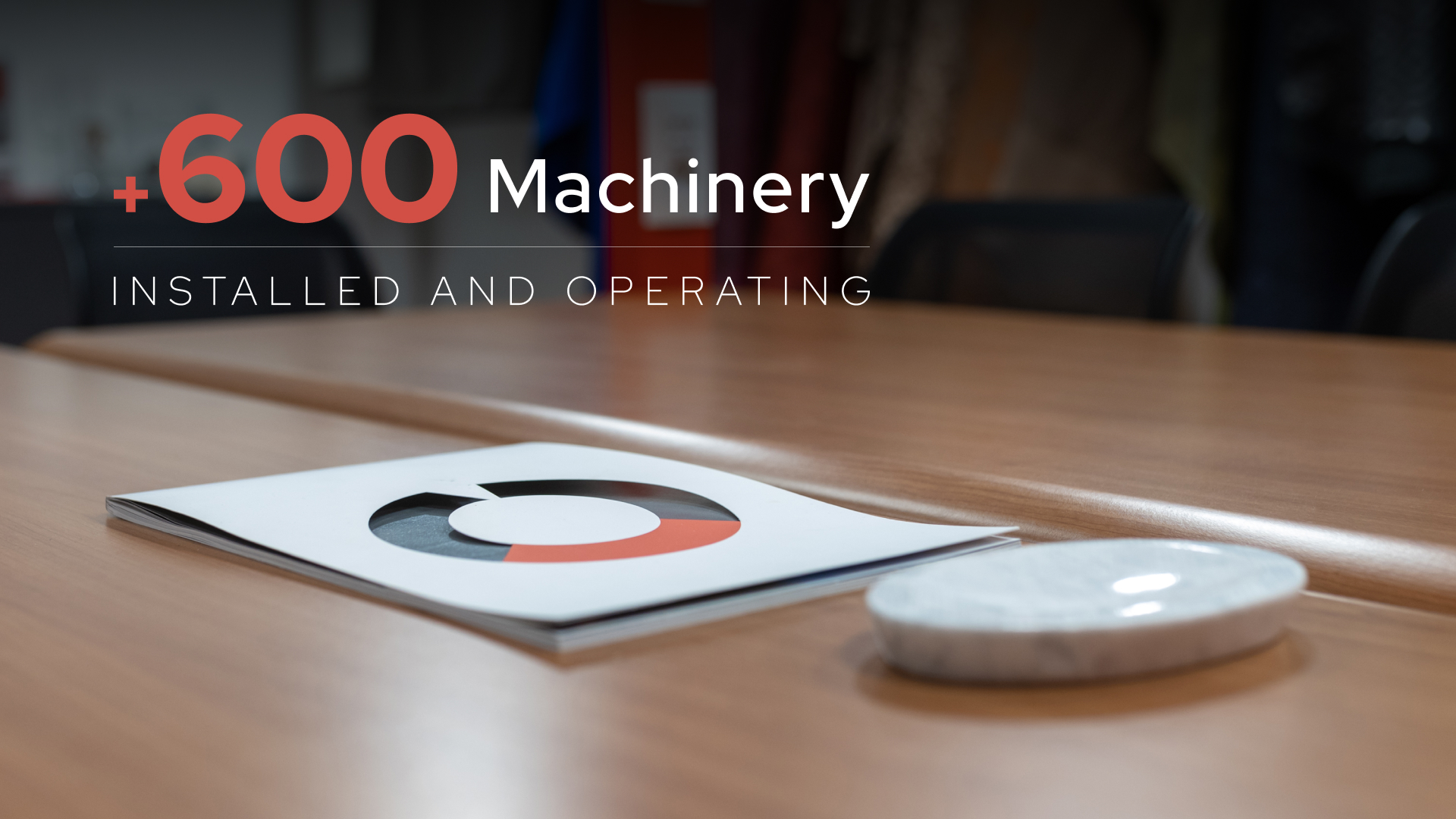OT-LAS turns 40. An important goal that pushes us to reflect on the extraordinary changes that have shaped the industrial sector and on the role played by the company in this evolution. The introduction of the laser technology, the innovation as a mission, the consolidation of a mindset oriented towards progress and sustainability have accompanied a long path of commitment and dedication. Let’s discover which stages have marked almost half a century of history in laser processing and what challenges the future holds for the competitiveness of companies.
Redefining the future with innovation and sustainability
In 1967, when the laser technology entered the world of materials processing, it began to revolutionize industrial production in many sectors. A constant evolution has allowed to extend the laser applications to more and more refined processes and to increase the performance of the companies. OT-LAS has been an integral part of this change starting with the sales of laser optics in 1984, and subsequently moving to the production of CO2 laser marking and engraving machines. Joining El.En. Group has allowed OT-LAS to establish itself in the development of galvanometric laser machines and to continue its growth with laser self-refilling technology for applications previously unknown. As technology becomes more and more efficient, the increasing focus on sustainability and workers’ health has made the laser technology a winner.

OT-LAS strategies to anticipate changes
Rather than adapting to market changes, OT-LAS has always tried in recent years to anticipate emerging demands. A proactive strategy that has allowed the company to introduce decisive innovations for different types of processing. This is the case of laser technology for the processing of leather and footwear that initially were based on traditional artisanal technologies. OT-LAS was the first to develop high-resolution laser machines to work the leather even on large areas, satisfying growing demand. The same strategic agility has led to applications such as robotic cutting of thermoformed materials or microperforation of acoustic panels.
Safety with low environmental impact: the new OT-LAS technologies
OT-LAS laser machines that have marked a historic step in the entire production chain include systems such as Bx for insoles, Cx Microperforation and Rx. These have allowed high precision machining in sectors such as automotive, footwear and interior design. They have also led to a radical change of mentality, thanks to the reduction of production costs combined with greater health and safety for the operator and the environment.
The goals achieved in 40 years together
The anniversary of OT-LAS sees the company present in the world with over 600 installed and operating machinery. In some sectors companies use more than one machine to meet new production needs. Some chains have been totally optimized, as in the case of the processing of the insoles that before exposed operators to dust and could only rely on craftsmanship. The advent of laser has brought substantial advantages such as:
- Unprecedented flexibility for versatile and customized machining
- Impeccable quality and precision even in series production
- Cost reduction due to high production speed and low maintenanceSafety for workers and health of the working environment
- Low energy consumption and waste reduction, with economic and environmental benefits
The goals for an increasingly sustainable future
Looking to the future, OT-LAS is committed to staying at the forefront of developing innovative solutions. The synergy with strategic customers leads the company towards the optimization of processes, integrating cutting-edge technologies. With an eye to sustainability, OT-LAS aims to simplify the life of operators, ensuring greater cleanliness, speed and safety. A change already happened in many sectors, such as footwear and leather goods.
Discover all the OT-LAS machines for your company’s innovation or contact us for information.

